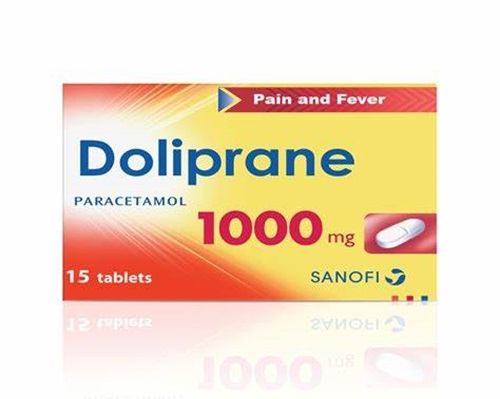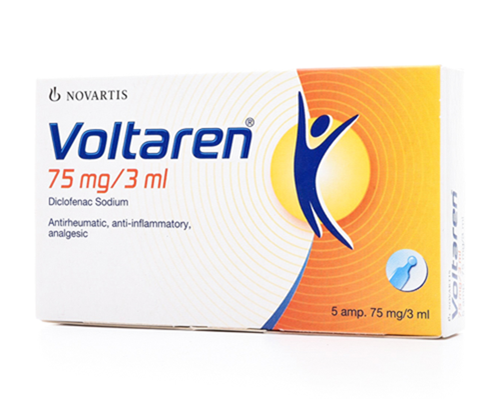Description
Trade name:
Catafly
Compound:
Each ml of syrup contains:
2 mg diclofenac potassium
Auxiliary components:
Citric acid, sorbitol acid, purified water, strawberry flavor, microcrystalline cellulose, propylene glycol, sodium saccharin and sorbitol.
Properties:
NSAID, a derivative of phenylacetic acid. It has a pronounced analgesic, anti-inflammatory and antipyretic effect. Due to the rapid onset of action, the use of potassium salt of diclofenac is preferable for the treatment of acute pain and inflammatory conditions.
The main mechanism of action of diclofenac is considered to be the inhibition of the synthesis of prostaglandins, which play an important role in the pathogenesis of inflammation, pain and fever.
Indications:
For the short-term treatment of the following acute conditions: Post-traumatic pain, inflammation and swelling, e.g. following ligament damage; Post-operative pain, inflammation and swelling, e.g. following dental or orthopaedic surgery; Pain and/or inflammation accompanying gynecological diseases, e.g. primary dysmenorrhea or adnexitis; Headache, migraine attacks; Toothache; Pain syndromes from the spine; Muscle and joint pain; Neuralgia; Rheumatic diseases of extra-articular soft tissue; Proctitis; Renal colic; Biliary colic; As an adjuvant in infectious and inflammatory diseases of the ear, throat and nose, e.g. pharyngotonsillitis, otitis, accompanied by severe pain and inflammation.
Method of administration and dosage:
For adults:
Initial dose from 50 to 75 mg per day.
With improvement of the condition from 37.5 to 50 mg per day.
The maximum daily dose is 75 ml per day. The daily dose should be divided into 2 or 3 doses.
Children:
Children 1 year and older:
The recommended dose is 0.25 to 1 mg/kg per day, depending on the condition.
Children over 14 years of age from 37.5 to 50 mg per day.
Divide the daily dose into 2 or 3 doses.
The maximum daily dose is 75 mg.
Contraindications:
Hypersensitivity (including to other NSAIDs); history of asthma, urticaria or acute rhinitis caused by taking acetylsalicylic acid or other NSAIDs; gastric ulcer or ulcerative lesion of the intestine in the acute phase; ulcerative bleeding or perforation; inflammatory bowel disease (Crohn’s disease, ulcerative colitis) in the acute phase; severe liver failure; active liver disease; severe renal failure (CC less than 30 ml/min); progressive kidney disease; confirmed hyperkalemia; severe heart failure; the period after coronary artery bypass grafting; hematopoiesis disorders; various hemostatic disorders (including hemophilia);
Precautions:
Particular caution should be exercised when using diclofenac potassium in patients receiving drugs that increase the risk of gastrointestinal bleeding: systemic corticosteroids, anticoagulants, antiplatelet agents or selective serotonin reuptake inhibitors.
If patients develop bleeding or ulceration of the gastrointestinal tract while taking diclofenac potassium, the drug should be discontinued.
Side effects:
From the nervous system: often – headache, dizziness; rarely – drowsiness; very rarely – paresthesia, memory disorders, tremor, convulsions, anxiety, acute cerebrovascular accident, aseptic meningitis, disorientation, depression, insomnia, nightmares, irritability, mental disorders, taste disturbances.
From the organ of hearing and labyrinthine disorders: often – vertigo; very rarely – hearing impairment, tinnitus.
From the organ of vision: uncommon – toxic damage to the optic nerve; very rare – visual impairment (blurred vision, diplopia, scotoma).
Dermatological reactions: often – skin rash, ecchymosis, hyperemia of the skin; very rarely – bullous rash, eczema, erythema, exfoliative dermatitis, itching, hair loss, photosensitivity reactions.
Storage method:
In a cool, dry place at a temperature not exceeding 30 degrees.









